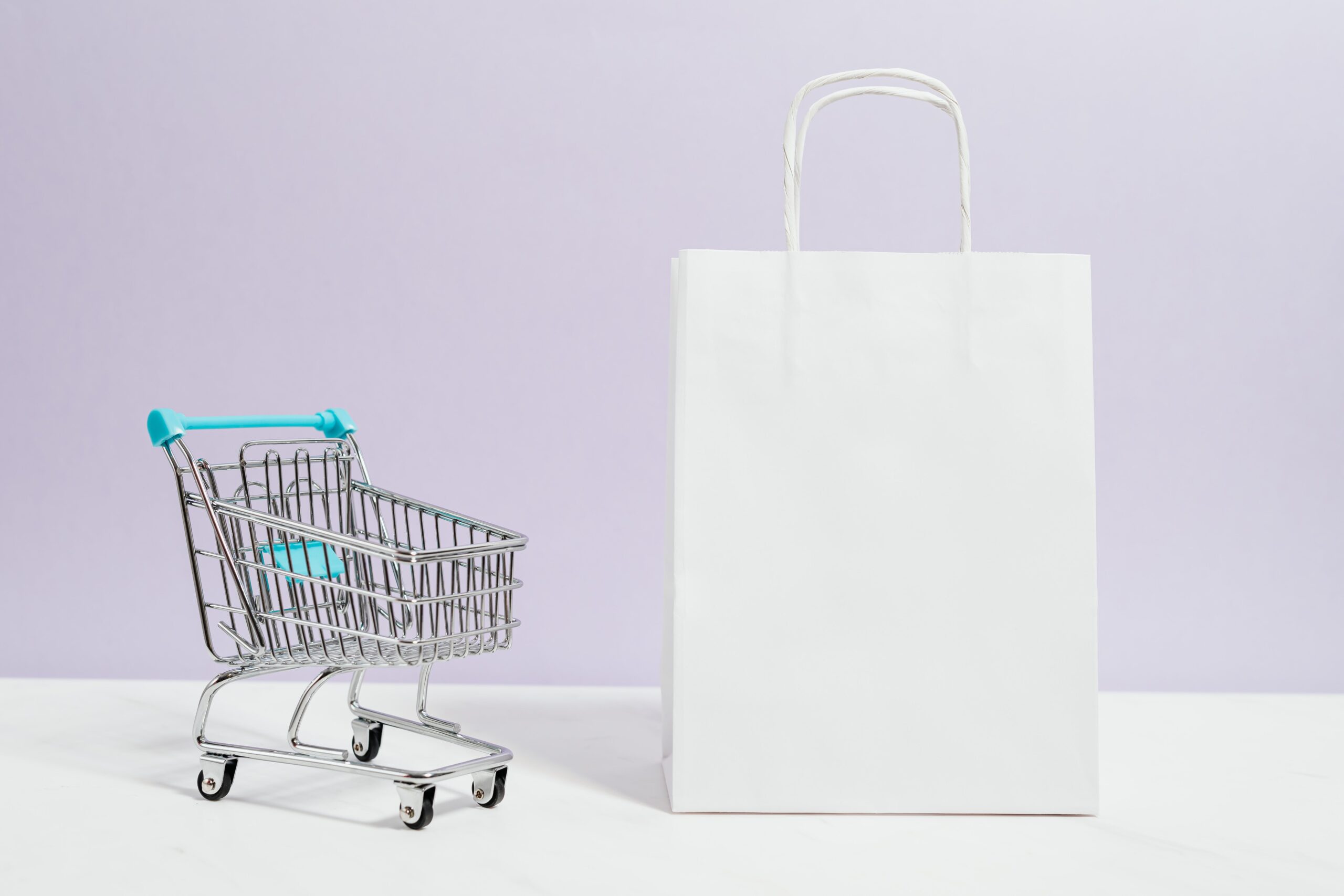If customers go through the step-by-step process of checking out, they will see this page. If you think of a checkout page as the counter at the food store, this is what it is. You can have a one-page checkout or several pages during the checkout process.
Checkout on One Page vs. Checkout on Multiple Pages
As the name suggests, checkout pages can be made as a single page or a series of steps. Online stores are adopting the one-page checkout option because they think it is faster and easier for customers. However, many case studies show that conversion-optimized multi-page checkouts can be just as effective. Each has its pros and cons.
Pros Of One-Page Checkout:
- It goes faster. Shopping carts with one page and multiple pages both have about the same number of form areas to fill out. However, the one-page checkout is faster because customers don’t have to wait for multiple pages to load or refresh.
- It’s better for your mental health. Shoppers can tell how far along they are in the process and how many steps they need to take to finish the buy. This gives them a mental boost to keep going with what they’ve started.
- You can’t get around to it. Customers don’t have to go to different pages to change or edit the information they put because all the fields are on the same page. It keeps shoppers from leaving if they must enter the same information every time they open the computer.
One-Page Checkout: Bad Things
- It’s a nightmare to make. One-page checkouts take time, depending on how much information you need to collect. There are so many forms and fields that they have to fit on one page, which can make the layout look more appealing and appealing. This is likely to make people leave their shopping carts.
Pros of multi-page checkout
- It’s simpler to gather information. If you break up the checkout process into several steps, you’ll likely get customer information, even if they leave the cart later. Say you first ask for the shopper’s email address, and then they quit the checkout after moving on to the next step. Putting the forms on different pages makes it easier to make a clean, simple style. This also makes it look like the checkout process is easy and quick.
Checkout on multiple pages: cons
- It can make you feel down. If, after the first page, the checkout progress bar shows four more steps to go before the order is complete, a customer may decide that the process is too long and tedious and choose not to purchase.
- Ultimately, the type of business you run and the people buying from you will determine the best choice. Remember that choosing the kind of checkout page is only the first step. Next, you should think about how to make it work better.
- Before you make any changes to your checkout page, ensure you have a clear picture of all the issues that need fixing. It might be better to go at this with plans. Use Google Analytics, heatmaps, and A/B testing to find the places of friction and drop-off. Then, make the changes that will increase the conversion rate. You can try these tried-and-true strategies:
- Don’t bother with the signup process; more and more users expect to be able to check out as a guest when they get to the payment page. You can also let them log in through social networks or Gmail, or you can ask them to register on the page if you want to get more information. Just make sure that the registration process is easy to get more sales.
- Offer more than one way to pay. It’s best to show payment choices on the product page so customers can handle the situation later. People are more likely to finish their trip if they can choose from multiple payment gateways.
- You can help buyers feel safer by lowering the risks of online shopping. This will encourage them to complete their purchase. You can add security seals and payment logos and offer a money-back promise or free refunds.
- Add a “save the cart” option. Allowing your customers to quickly and easily continue shopping by saving the entire cart or just one item for later will make them more likely to return to finish the order.
- Offer shipping that is either free or cheap. As Amazon Prime grows, customers are getting used to free shipping. One of the main reasons people leave their shopping carts is high shipping costs, so it’s best to be clear about them from the start or, better yet, get rid of the extra fees completely.

